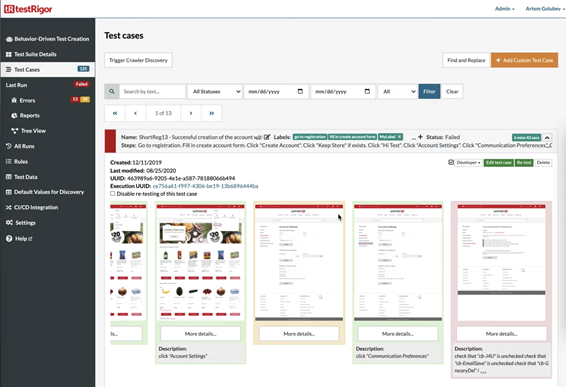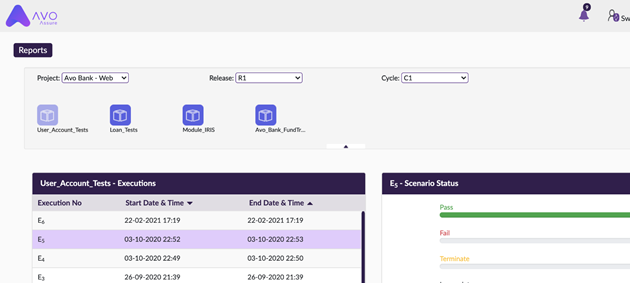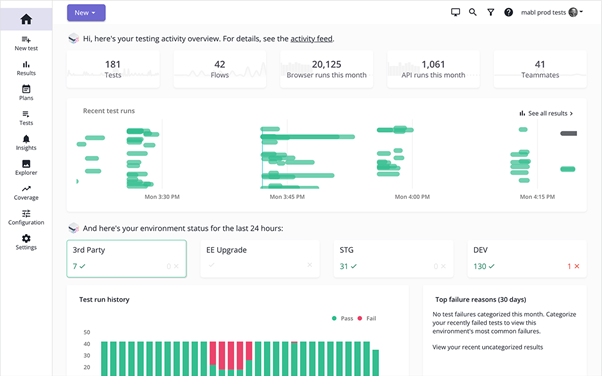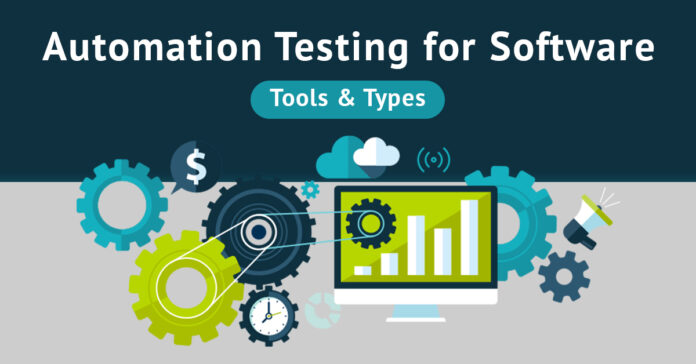Summary: Automation testing has many benefits and you may have heard about it from just about everyone. Automation testing is done to minimize the time it takes for the software product to reach the market. There is so much to learn about automated software testing and its benefit to your project. Read to find out.
Introduction
Many may question, ‘what is software automation testing?’ To go by definition, it is the process where several components of a new software design are tested with no or little human interference. This automatic testing makes sure that the software runs without a human sitting 24×7 in front of the screen testing and operating it.
Testing is an important part of software development process and automation testing further makes it easy to test the software thoroughly in a lesser amount of time. In this blog, we will deliberately look at the different aspects of software testing such as tools, benefits, and methods.
So, let’s begin!
What Are Automation Testing Tools and How Do Select a Perfect Option?
Automation testing tools are a part of the software that lets the tester define the task and then automatically perform the task for you. The entire process happens with only minimal human interference. Numerous testing tools available in the market can help you run tests across desktop computers, mobile devices, smartphones, and so on.
Automated software testing helps to speed up the testing procedure as it can run without a human’s intervention, making it easy to run codes for 24 hours! Well, there are many benefits that we’ll discuss further in the blog. But first, let’s explore some major factors that’ll help you select the perfect automation testing tool!
- Define your scope.
- Plan the testing, design it, and develop it.
- Execute testing.
- Maintain the automation testing approach.
To shrug off some burden from your shoulders, here is a small list of automation testing tools, curated just for you!
· testRigor

It triggers maximum usage as it has no-code test automation capabilities that are meant to test the scalability or conduct end-to-end tests.
· Avo Assure

This tool is the ultimate player if you are looking for a no-code test automation solution. Avo will help you to test software and applications across desktop, web, mobile, etc. with taking help of software development companies.
· Mabl

This automated software testing tool is best to conduct integrating tests. It uses a cloud-native testing platform which enables the team to foster fast-paced testing cycles.
Benefits of Software Automation Testing
Mentioned here are the key benefits of automation testing for software. Take a glance.
- Automation testing does the job 70% faster than any other human.
- You’ll get reliable results with the least risks of human-made errors.
- Promises you consistency.
- Saves your time and money.
- Increases efficiency and improves accuracy.
- Gives you the earliest time to market.
Types of Software Automation Testing
In this section, we will discuss the many types of software automation testing. There are basically two types of testing categories:
- Functional testing: Tests the software application in the real environment.
- Non-functional testing: Tests software’s security and data storage requirements.
Well, there are many types of testing that fit these two categories. So, let’s explore them too.
1. Unit testing
It is the first stage of testing the software. Here individual components are checked. Usually, this is done manually. But, over time it’s going to automate soon!
2. Smoke Tests
It is a functional test that is used to determine if the software’s build is stable or not. This testing furthers whether other tests can be carried out or not.
3. Integration Tests
This functional test ensures that all the individual pieces of the software are working properly as a whole.
4. Regression tests
This test comes under both – functional and non-functional. This test makes sure that no part of the software is regressed after the changes.
5. API Testing
Application Programming Interface (API) is the conduit between the software and all the other parts it needs to function! This test is usually conducted after the development phase is completed just to make sure that everything is working perfectly as it must.
6. Security Tests
This test is also categorized under both – functional and non-functional. This test is done to figure out any security loopholes that may cause easy exploitation of the software.
7. Performance Test
This non-functional test is run to evaluate the responsiveness and stability of the software. Performance testing is done to make sure that the software can handle stress and also deliver outstanding results in the form of user experience.
8. Acceptance Test
This is a functional test. It is used to determine the reaction and response of the end-users to the final product. This test is a ‘must’ before the product is launched in the market.
9. UI Test
UI tests stands for User Interface tests. This is done to replicate a standard user experience ensuring that the product that users interact with is working exactly as it should be.
Conclusion
Building an automation testing strategy is best for you if you want to stand #1 in the leading software in the world! Although the task is challenging, but choosing the right software company from the list of best Software Development Companies will provide you with added advantage among your peers.
The bottom line is – software automation testing must be your priority if you have freshly developed software.

